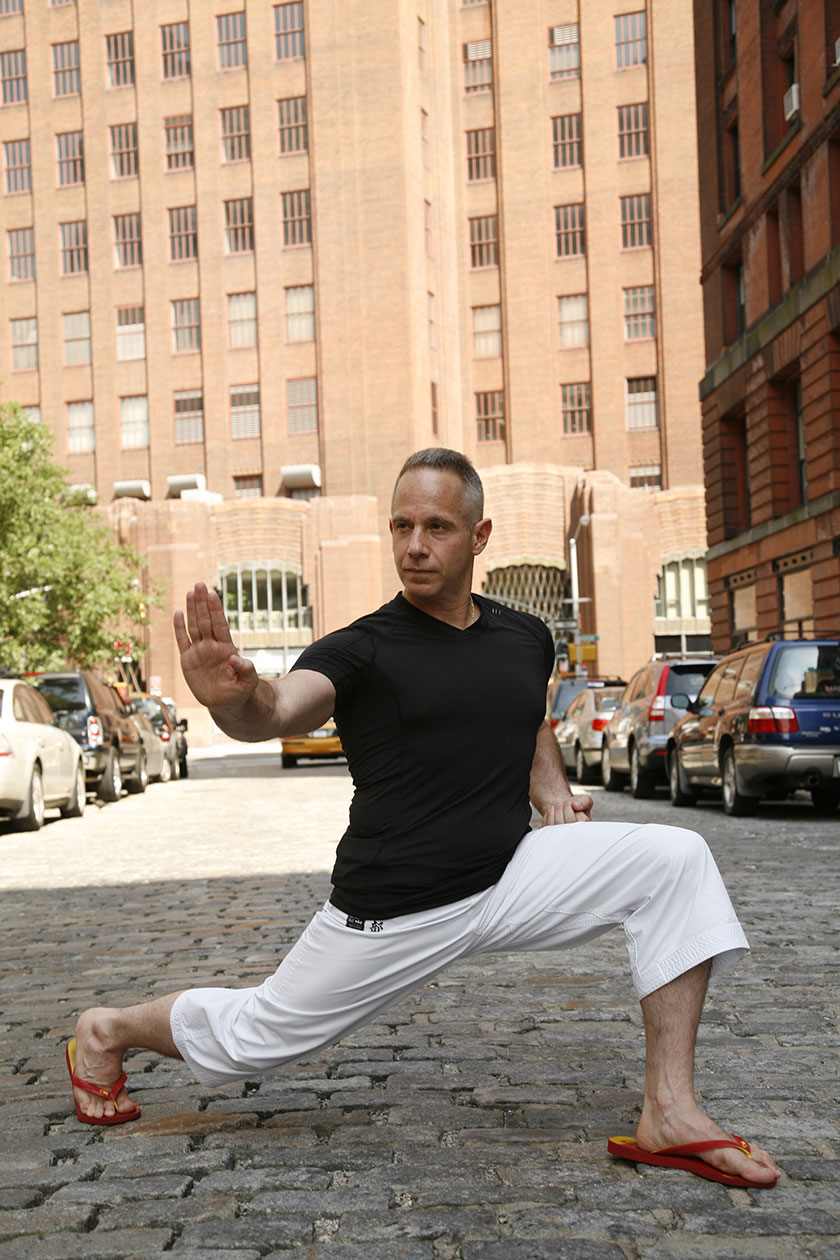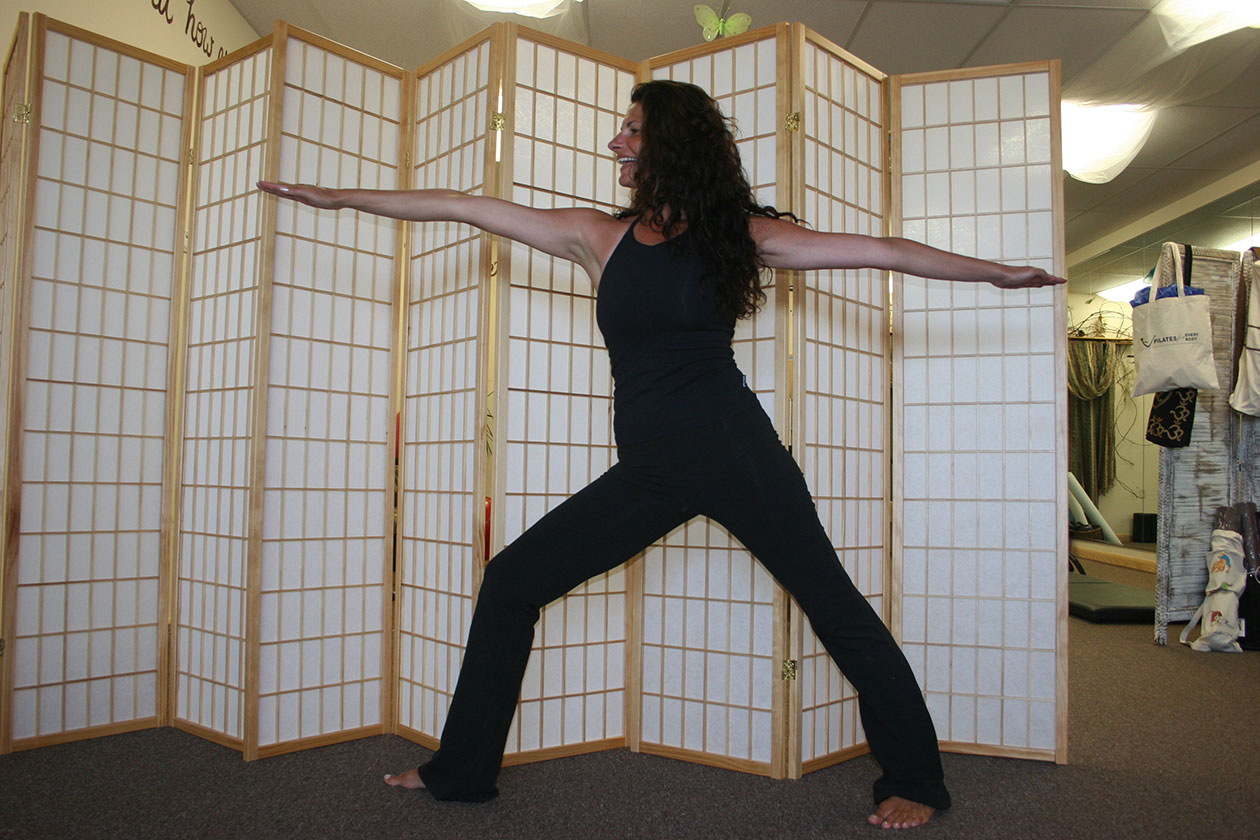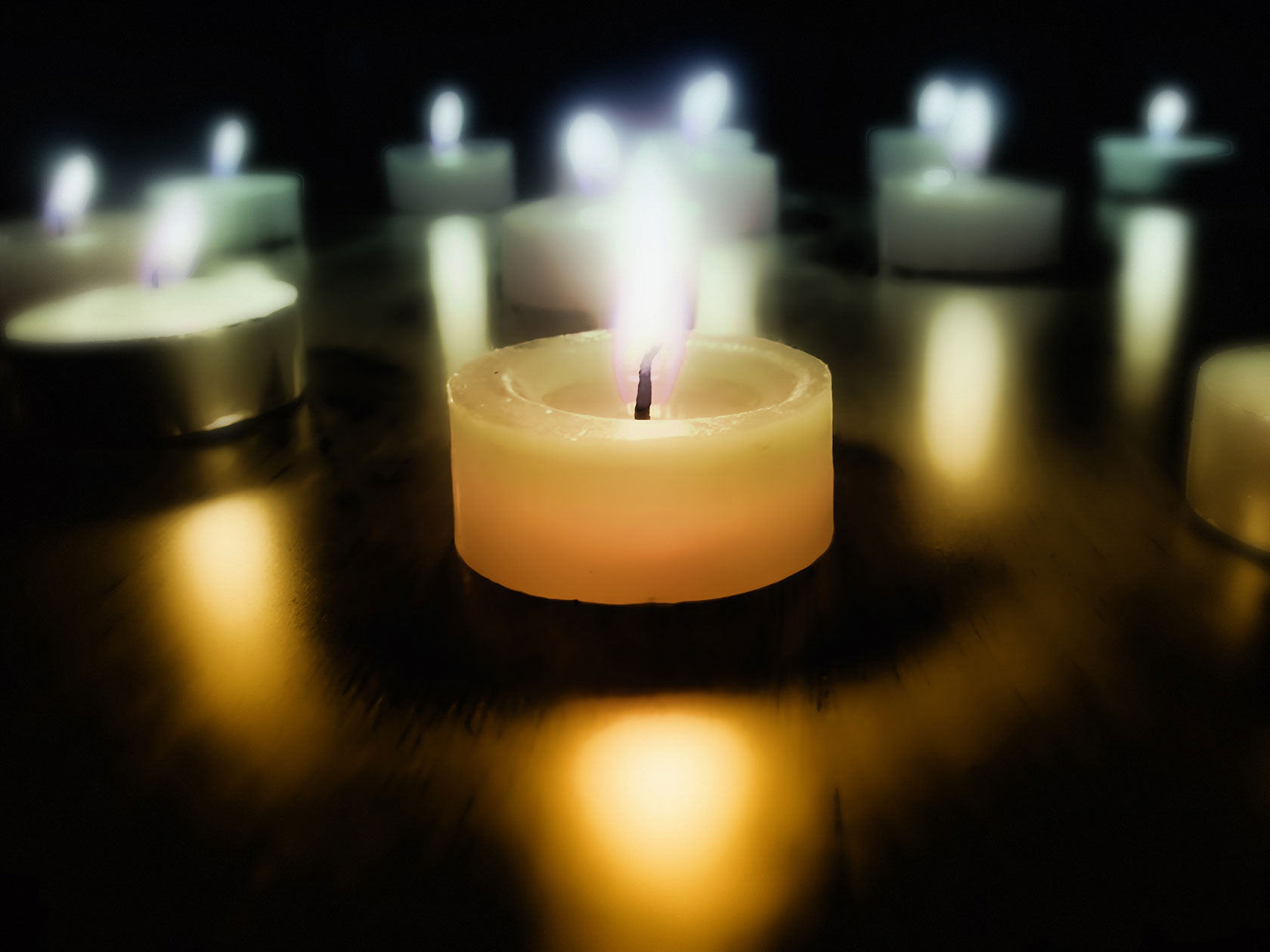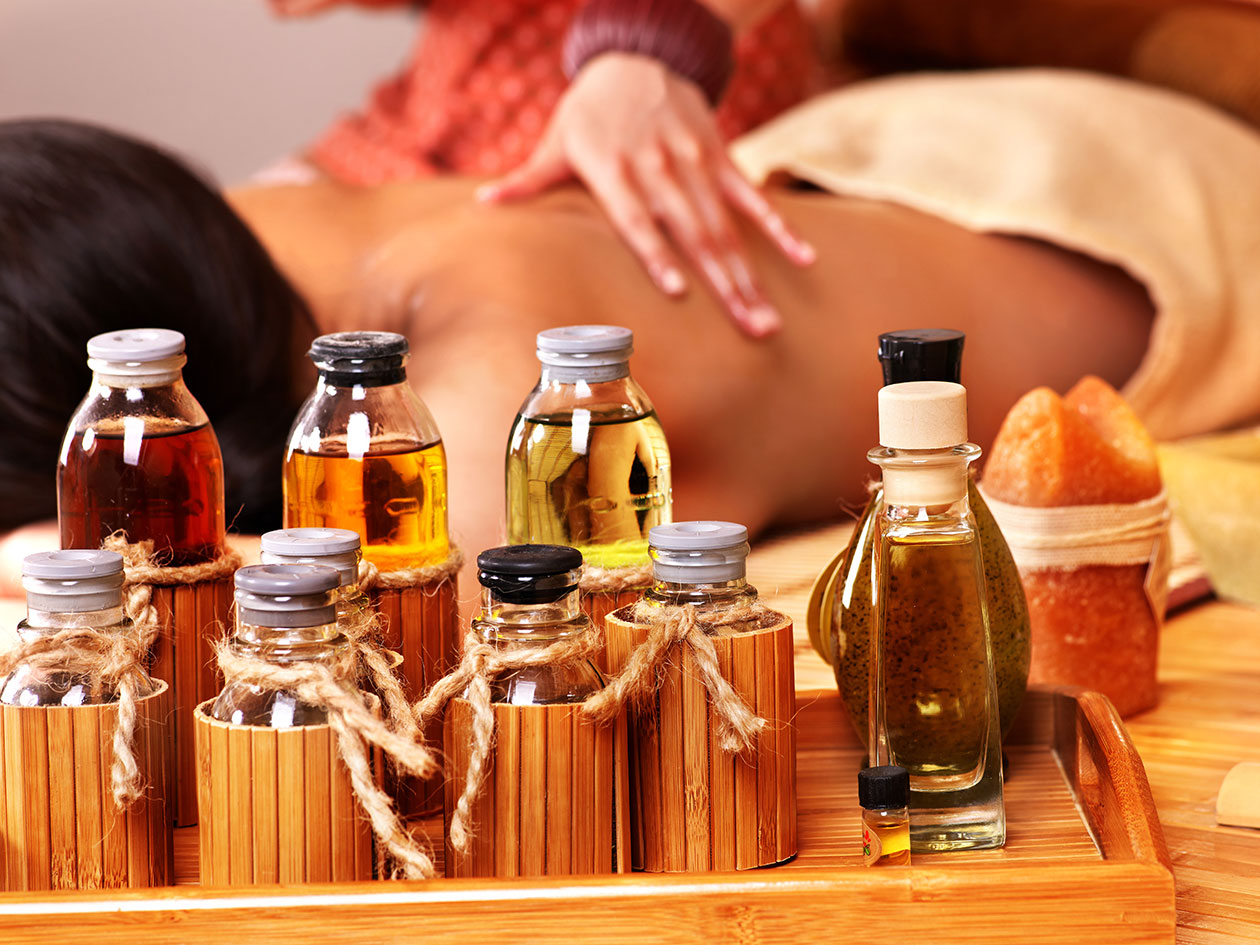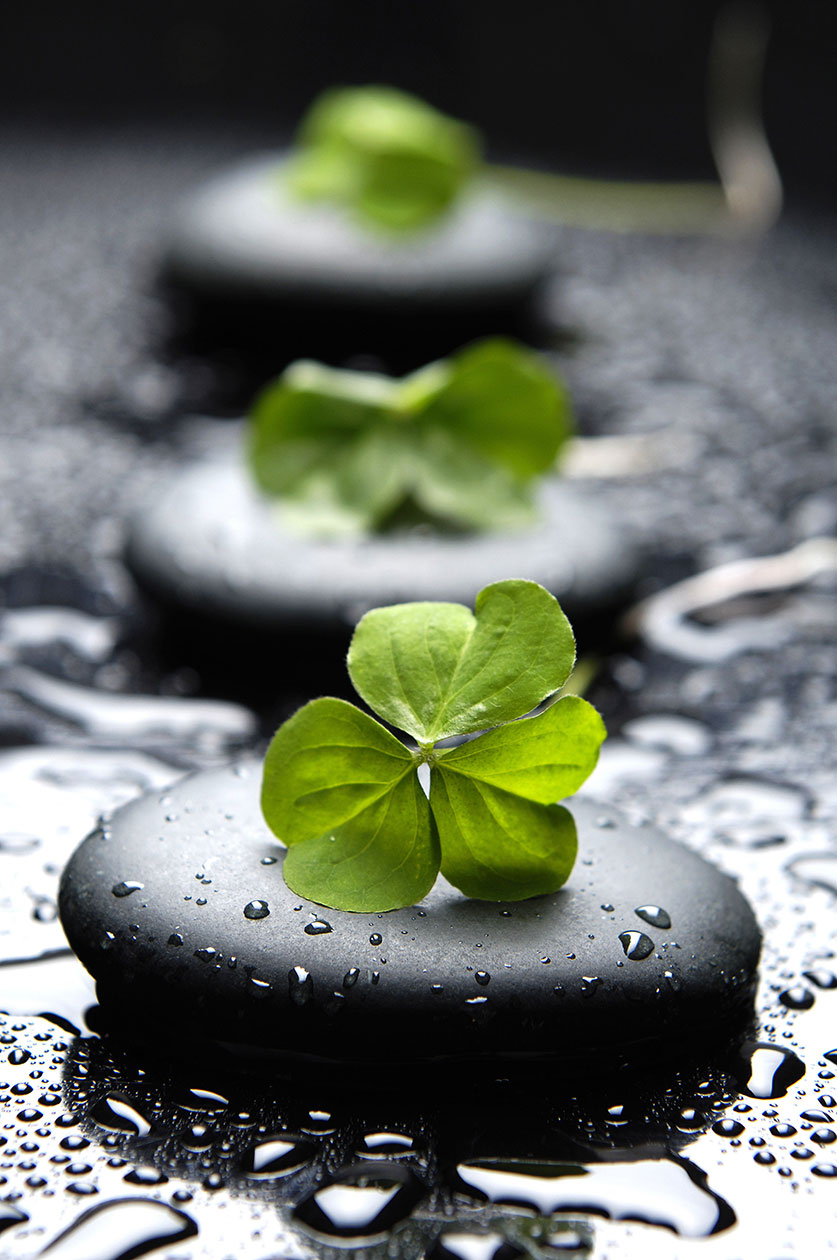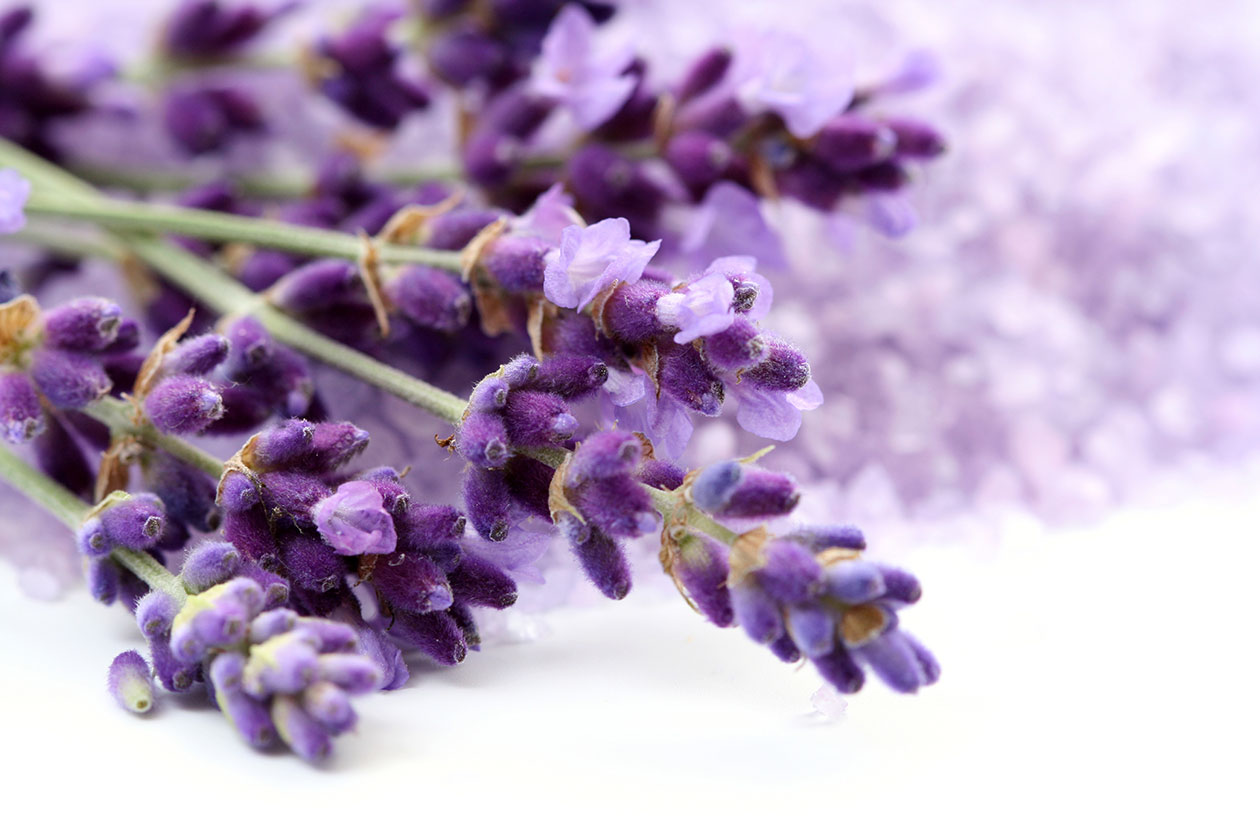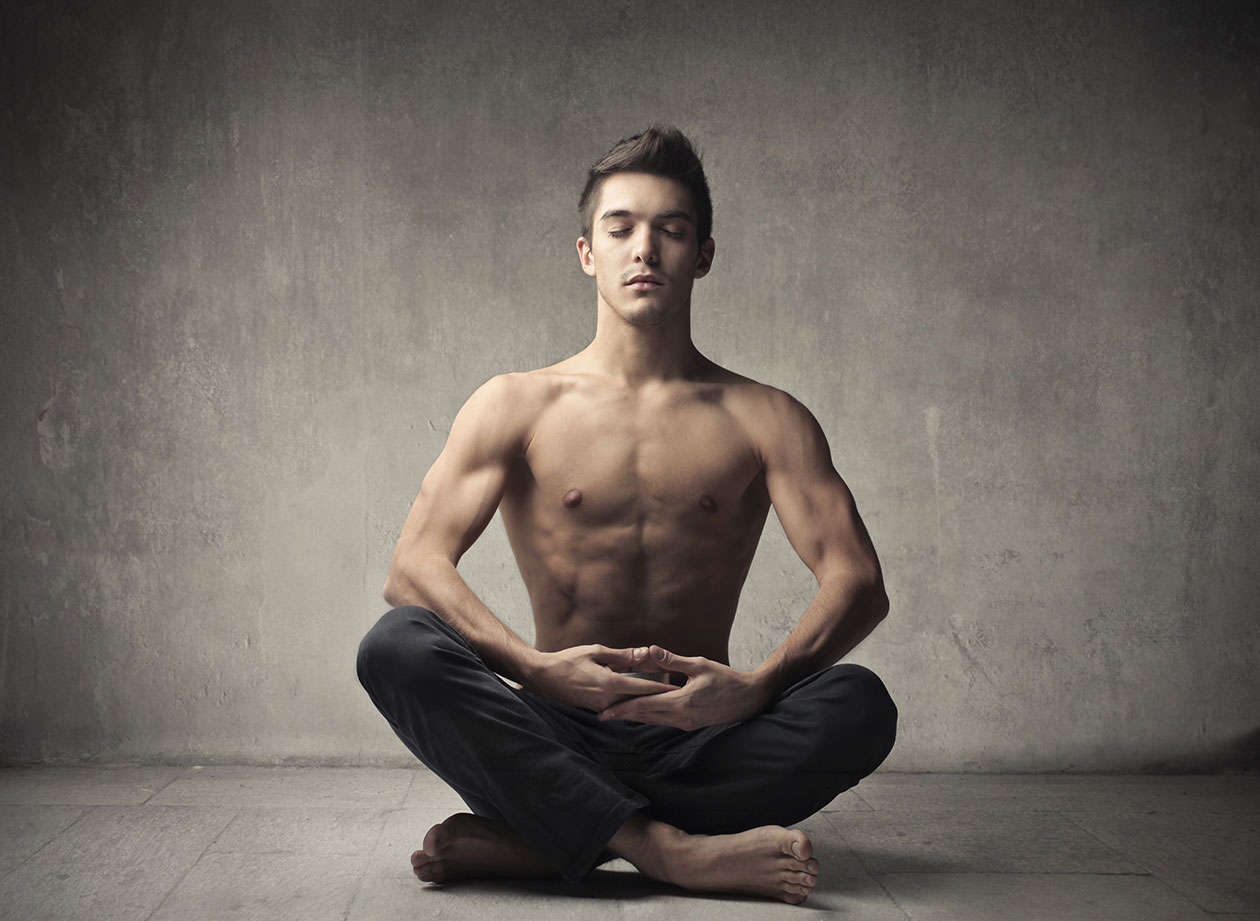
Wacky rock
Ottobre 5, 2014
On the Way to School: Which Road Are You Taking Today?
Ottobre 5, 2014The dark climb out of winter and into spring is written so deeply within our cells that we wrote it into our mythologies as well. But we’re not completely helpless before the cycling of the seasons. There’s a lot we can do to maintain a bright outlook until the joyous return of Persephone.
By Elisa T. Keena
The rush, high mood, and explosive energy of the holidays are over. Winter doldrums are setting in. New Year’s resolutions are starting to fade, giving way to the tasks, turmoil, and reality of every day life. The days are getting longer, but it is barely perceptible, and the winter world seems unending. In the old days, February 2 (or 15, depending on the calendar) was a Celtic holiday known as Imbolic, a time when the dreariness of winter began to give way to the promise of spring. This was when the serpent of Bridget, the maiden goddess of hearth, fertility and light, would come out from its lair to see the sun and determine how many more days of frost there would be. In ancient Greek mythology, this was also the time when Persephone, the maiden goddess of spring, daughter of the goddess Demeter (or Proserpina and Ceres in Roman mythology), would begin her ascension from the depths of the underworld where she spent the winter with Hades (her abductor and husband), finally to reach the earth’s surface on March 20-21. Thus would begin the first day of spring, when all of nature rejoiced at her arrival and started to bloom. But what is it really, this time between winter and spring, this time when the darkness is giving way to the light, when we are perhaps at our lowest ebb, the darkest part of our year, emotionally, spiritually, and psychologically? This time especially affects sufferers of Seasonal Affective Disorder or SAD. As the daylight hours decrease, our levels of the hormones, melatonin and cortisol, increase, while serotonin, the “feel good” hormone, decreases, leading to lethargy, fatigue, depression, anxiety, insomnia and depressed immunity. This is the time when we have symbolically travelled through all the levels of Dante’s hell and having reached bottom are beginning, like Persephone, to climb through the gloom into the light. It is usually the time when we do some self-reflection, soul-searching, cleansing and rejuvenating. This prepares us for the arrival of Persephone – the return of spring. We climb up through the levels of our being and emerge new, bright, fresh – hopeful for another chance, another beginning and cycling each year to renew with spring. This is a time to nurture yourself with nutritious foods, calming yet invigorating exercise, meditation, and perhaps some alternative body treatments. Aromatherapy or Thai massage, acupuncture, and energy work are all good options. Incorporating even titbits of these practices will help you to feel stronger, deal with the challenges of life, strengthen your immune system, and generally improve your well-being. It will help you resist the winter doldrums and climb easily into spring. The take away is: Our ancestors knew that at this time of year we need rituals to brighten the day. Here are a few tips for you to create your own in different areas of your life. They’ll help you to banish those winter blues, rejuvenate yourself, deal with stress and stay grounded through those winter doldrums!
Nutrition:
The change in light plays havoc with our systems – either through the symptoms of SAD, or from decreased activity due to the cold weather or shorter days. It is important to keep a positive outlook and resist becoming frustrated or short-tempered during this dark time of year. One way to help keep your mood elevated and feel energised is to stabilise your blood sugar. This will help you avoid the peaks and troughs that lead to mood swings, lethargy, and depression. Here are a few easy steps to follow to keep your blood sugar in check: Aromatherapy oils that lead to increased energy are lemon, citrus and geranium. This is also a great time of year to incorporate a 3 -5 day vegetable cleanse. This will help increase energy, support the immune system, detoxify, aid in losing those few extra pounds left over from the holidays and increase energy. For breakfast have fruit with Kefir, or unsweetened yoghurt, or pulses such as lentils or chick-peas. During the day, have two meals containing all vegetables or salad in unlimited quantities. Vegetables can be raw, boiled, baked, or sautéed. Cook or serve with olive or flaxseed oil. Snack on fruits or nuts between meals. Green drinks or vegetable soups can be added into the diet as you wish. Incorporating this vegetable regimen into your diet, weekly, biweekly or monthly will assist you in feeling more energetic, grounded and focused.
| Table | |
|---|---|
| 1 | Eat every 3-4 hours |
| 2 | Choose lean protein foods – turkey, chicken, tuna or salmon contain tryptophan, which stimulates the production of serotonin and has a calming effect. |
| 3 | Eat high alkaline foods, such as vegetables, sea weed, various greens and sprouts. These are high in vitamins and minerals that are a tonic to the nerves. |
| 4 | High vitamin C foods like Brussels sprouts – low in sugar – can stimulate a good mood |
| 5 | Unsweetened live yoghurt containing pro-biotics enhances gut health and immunity |
| 6 | Eat whole-wheat grains in moderate amounts. |
| 7 | Increase B vitamin intake – a tonic to the nerves. |
| 8 | Take adequate amounts of vitamin D3. |
| 9 | Avoid excessive caffeine as it provides energy but then causes a crash. |
| Some helpful supplements: | |
| 1 | Saint John’s wort stimulates serotonin release and increases the time it is available for use in the body. |
| 2 | Sam E – increases brain neurotransmitters that are responsible for mood |
| 3 | Fish Oils – EPA/DHA improve neurotransmitter function. |
| 4 | Gingko Bilboa improves blood flow to the brain. |
| 5 | Peppermint, camomile or passion flower tea have calming properties |
| 6 | Valerian or Kava Kava tea both aid sleep. |
Yoga and Yogic Breathing:
Breathing is our most natural and unconscious action, but so many of us do not breathe to our full potential. We breathe shallowly, quickly, or hold our breaths. Any of these can cause a decrease in oxygen and an increase in carbon dioxide in the body, leading to such problems as poor circulation, lack of energy, depressed immunity, lethargy and depression. When we become aware of our breath – how deeply we breathe, the rate and length of our inhalations and exhalations, and the PAUSE between the inhalation and exhalation – we begin to relax our minds and bodies. Focusing on the breath and our natural rhythm of respiration can increase the oxygen in our bodies, help with detoxification, improve immune function, change the hormonal milieu, decrease anxiety, blood pressure, headaches, lethargy and fatigue. You can use your breath to create energy or a state of relaxation and/or sleepiness, depending on your needs. Isauro Fernandez, the founder of QI Power Vinyasa Yoga** suggests specific yoga positions and breaths to push the winter doldrums away. These positions will help you “Ground, Release and Receive.” They can assist you in staying motivated, positive and in sync in every situation. One of his favourite mantras is “Feel Everything, Force Nothing.” He suggests using the Ujjayi breath. Often called the ocean or hissing breath, it is a yogic breathing technique that calms and balances the nervous system, increasing oxygenation and building heat. Isauro encourages his students to use this breath, noting that the treasure is found in the PAUSE, the space between the inhalation and exhalation. This is where calmness, peace and love reside. You can use this breath in seated meditation, during an active yoga position or practice, walking down the street, or before going to a party or an important meeting. The take away is: as you observe the pause in your breath, you learn to pause in life before reacting, before making assumptions, before saying or doing anything. Enjoying the peace and calmness of the pause, the connection, allows the natural cycle of the breath to stimulate a positive state of being.
Ujjayi Breath
Place the tip of your tongue on the roof of your mouth behind your teeth, narrowing the back of the throat. Close the Mouth. Inhale deeply through filling the lower belly, then middle chest, then upper chest. Exhale through the nose with the mouth closed, at your own pace. Acknowledge the space between the inhale and the exhale – THE PAUSE. The breath will sound like the waves of the oceans lapping against the shore. This breath is beneficial for:
- Detoxification
- Immune system functioning
- Energising endocrine and autocrine system
- Blood circulation
- Functioning of vital organs and digestive tract
- Mental and physical balance
- Lethargy and fatigue
- Headache, backache
- Anxiety
- Blood pressure and blood sugar
- Calming mind and integrating mental and physical balance
Isauro also suggests using yoga positions to Ground, Release, and Receive. Ground your energy so you stay focused and clear of thought. Release what you no longer need. And Receive openly and with grace what is available to you. The following suggested positions are a just a few of the many that can be used to stimulate the flow of energy, or qi, through the body in order to invigorate and enliven you.
Warrior II
In Warrior II you are grounding your feet in the earth to absorb energy. Your feet are three to four feet apart with the front foot perpendicular to the back instep. The front knee is bent at a right angle and the back leg is straight. The hips and shoulders are open to the side, parallel to each other. The arms are extended, one reaching forward, the other back. The torso is directly in the centre of the body, symbolising the present. The arm extending behind you holds the lessons of the past. The arm reaching forward is open to accept the gifts of the future. The body is centred, representing us in the present, grounded, strong with open hearts. Take three to five deep breaths here, relax and drop the shoulders away from the ears, sinking down into the hips, relaxing into the positions. Let the qi, or energy, flow through your body with each inhale and exhale. Release any stored-up toxins or tension with the exhale, and inhale love, grace, compassion and peace. You should feel relaxed and revived after holding this position. The movement of the breath and the qi gently stimulate the nervous and endocrine systems, while providing the body with a muscular challenge. Qi Stance 1-4: Moving From Warrior II turn the palms over with the inhale. Pause. Press the right knee forward and to the right as you move your right hand slowly towards the back. Fix your gaze at your left finger. Breathe, relax. Pause. QI Stance 2: From Qi Stance 1, exhale and shift the weight from the front to the back leg. Open the chest, lengthening the spine, and relax. Feel the energy flowing through your body with each breath – calming, relaxing, releasing. Qi Stance 3 to 4 On an inhale, move your left arm over your head on a diagonal and bring your front arm forward as if you are pulling on a bow. You are the archer rising up from the earth. Releasing anything you no longer need, feel the energy in your breath and your body. From Qi Stance 3, exhale through the mouth and press left hand forward open-palm, while making a gentle fist with your right hand and placing it by your waist. Strength and gentleness, peace and energy, dark and light. Feel the energy bringing you up from your inner depths, and release into the light. Meditation: UNHOOKING Breathing and yoga release tension and stress energetically in the body, increasing blood flow, creating a positive mood, and setting the intention for happiness. However, sometimes we need to detach emotions from the things in our lives that hold us in the darkness of our moods. Elizabeth Stratton, world-renowned healer, pastoral counsellor and founder of the Touching Spirit Centre, suggests using a meditation called UNHOOKING . You can practice this on a daily basis when coming home from work or before bed or whenever you need to release. It’s a great meditation exercise to do for this time of year when we want to get rid of the winter – the old – and make room for the spring – the new. Unhooking meditation leads you through each of your energy centres, or chakras, the areas where the nerve ganglions enter the spine. Each centre or “spiralling centre of light” has a specific colour and attribute. The energy centres run from the base of the spine (first chakra) to the top of the head (seventh chakra). The colours are the colours of the rainbow. A quick review of an unhooking meditation follows:
- Sit or lie in a comfortable position, close your eyes, and begin to breathe deeply and slowly.
- Send your breath and your intention to the first energy centre. Ask or see if there are any “hooks” i.e. people or issues bothering you that may have to do with your security or how you fit into your life.
- If there are, see the hook attached to a rope. Draw the hook towards you, then release it. See who or what is on the other side of the hook.
- Address the issue or person with love and compassion. Thank the person or issue for being part of your life, for learning from them/it.
- Then let them/it go!
| Energy Centres | location | meaning | colour |
|---|---|---|---|
| 1- root | base of spine | how you feel in your world | red |
| 2- Spleen | below the belly button | creativity, sexuality | orange |
| 3- Solar plexus | between the ribs | ego, will power/ | yellow |
| 4-Heart | centre of chest | unconditional love | green |
| 5-Throat | throat | communication | blue |
| 6-Brow | between the eyes | psychic ability, manifesting your dreams | indigo |
| 7-Crown | top of head | your connection with the universe | violet |
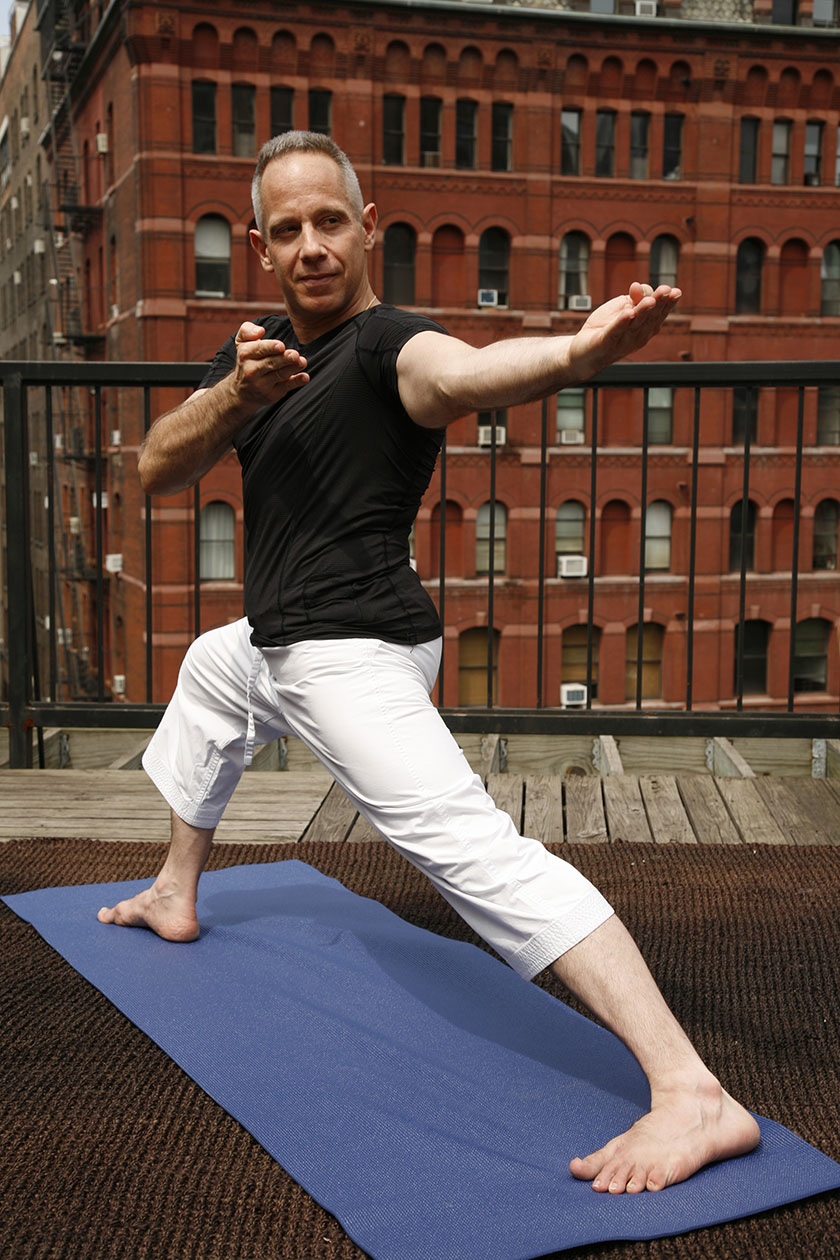
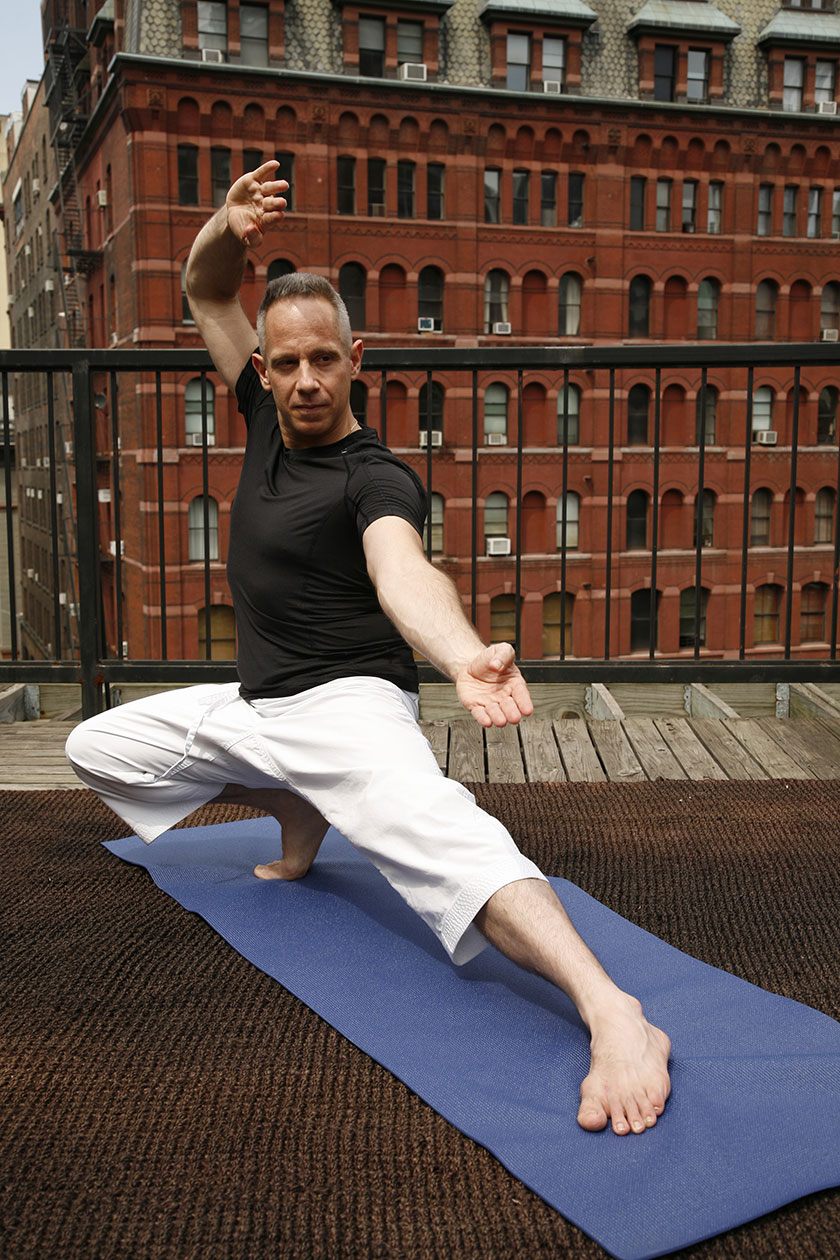 Do this exercise for each energy centre and repeat as often as necessary. This facilitates letting go and creating space, lifting burdens that you weren’t aware you were carrying, allowing you to open, to become free and light. When you have finished cycling through your body, continue to breathe deeply, seeing a white light surrounding your body, filling you with love, protection and peace. Creating “rituals” such as these that take care of your body physically, mentally and emotionally during the winter doldrums may allow you to feel more energised, to be happy, to shed the old things that are burdening you. You’ll arrive in spring renewed, calm, peaceful, grateful and joyful!!! So when you walk down the street and flowers blossom at your feet, trees bloom, and nature sings, the world will think Persephone has arrived. But you know it is YOU that have arrived!
Do this exercise for each energy centre and repeat as often as necessary. This facilitates letting go and creating space, lifting burdens that you weren’t aware you were carrying, allowing you to open, to become free and light. When you have finished cycling through your body, continue to breathe deeply, seeing a white light surrounding your body, filling you with love, protection and peace. Creating “rituals” such as these that take care of your body physically, mentally and emotionally during the winter doldrums may allow you to feel more energised, to be happy, to shed the old things that are burdening you. You’ll arrive in spring renewed, calm, peaceful, grateful and joyful!!! So when you walk down the street and flowers blossom at your feet, trees bloom, and nature sings, the world will think Persephone has arrived. But you know it is YOU that have arrived!
Namaste!



